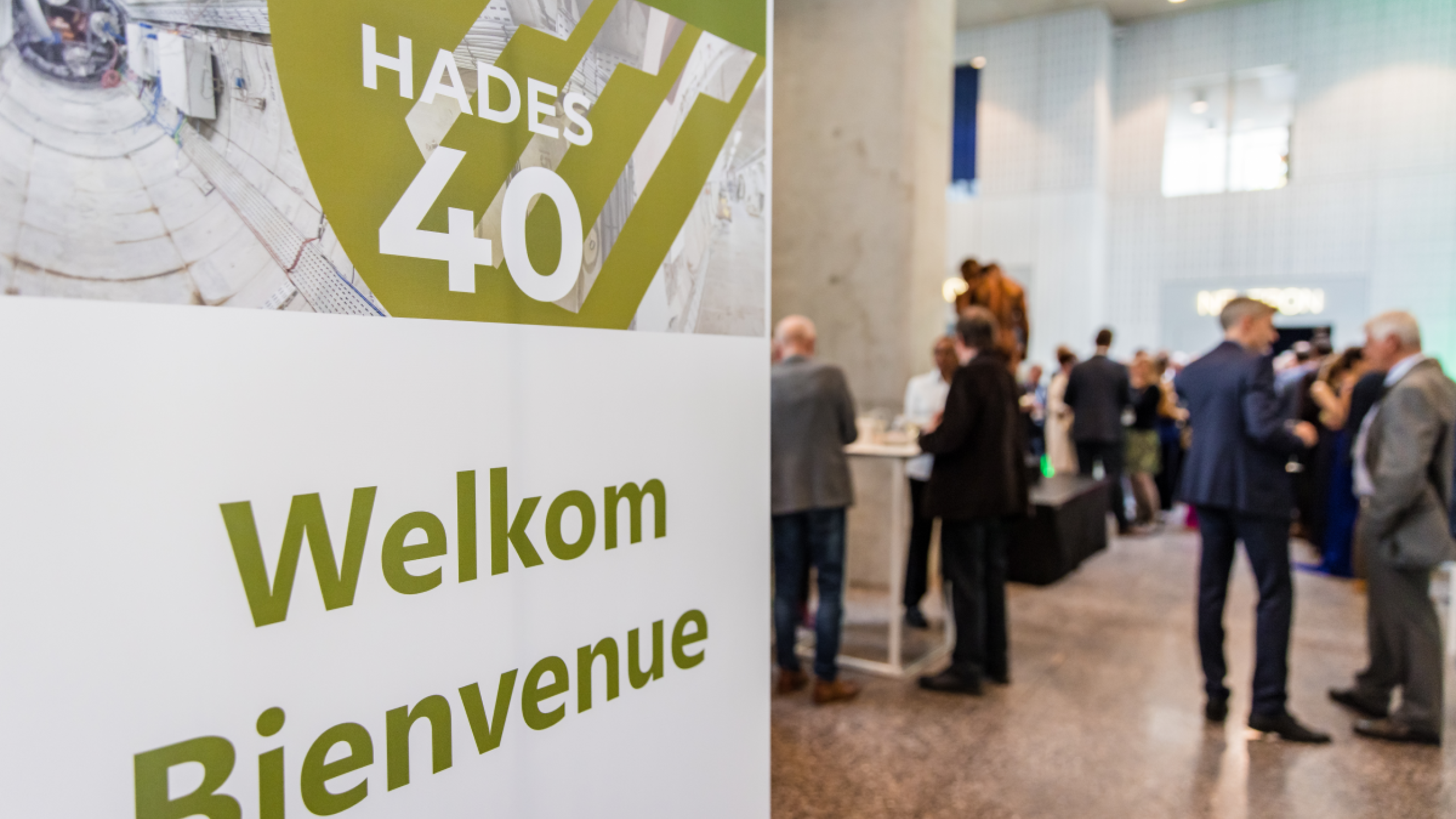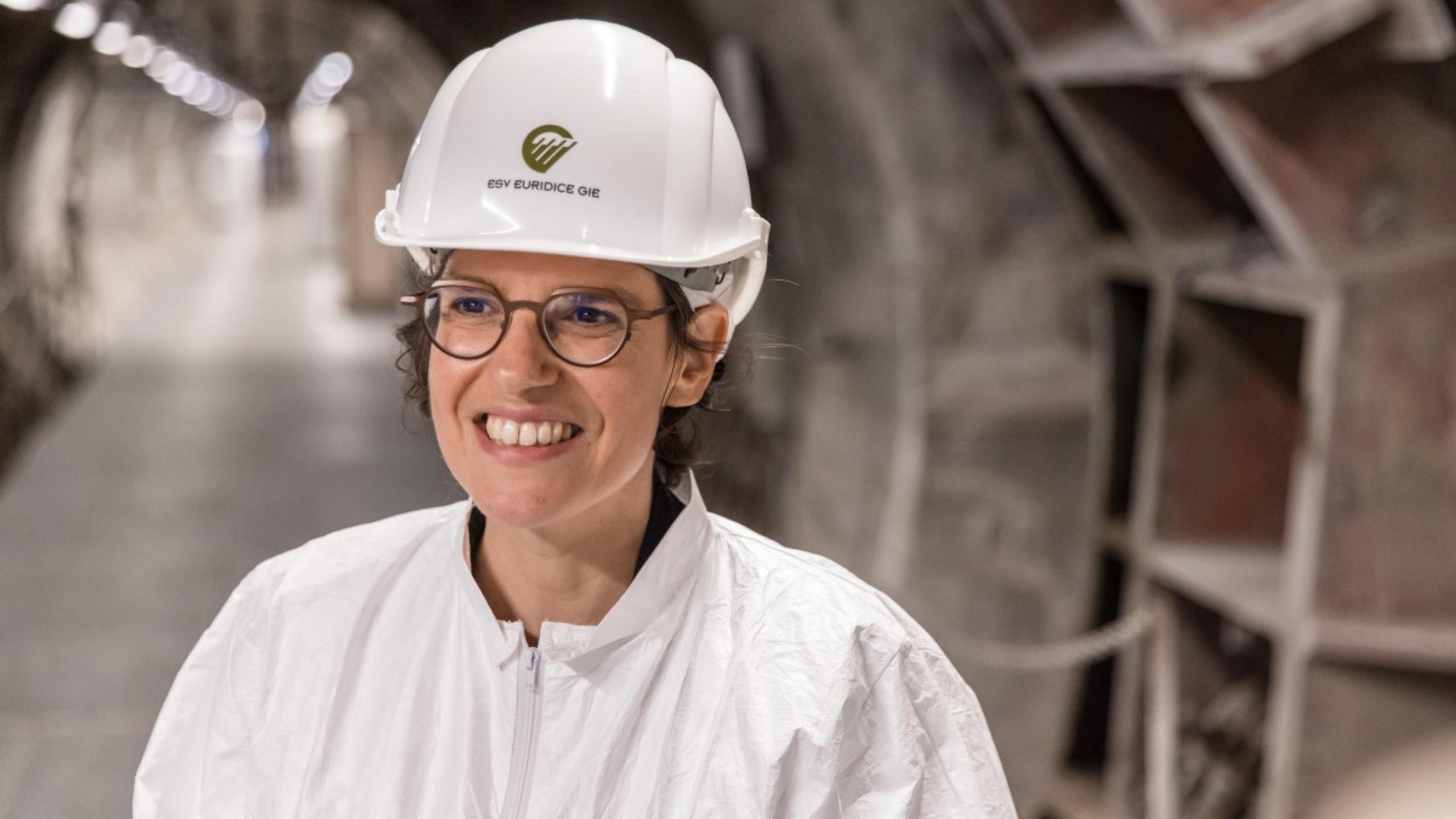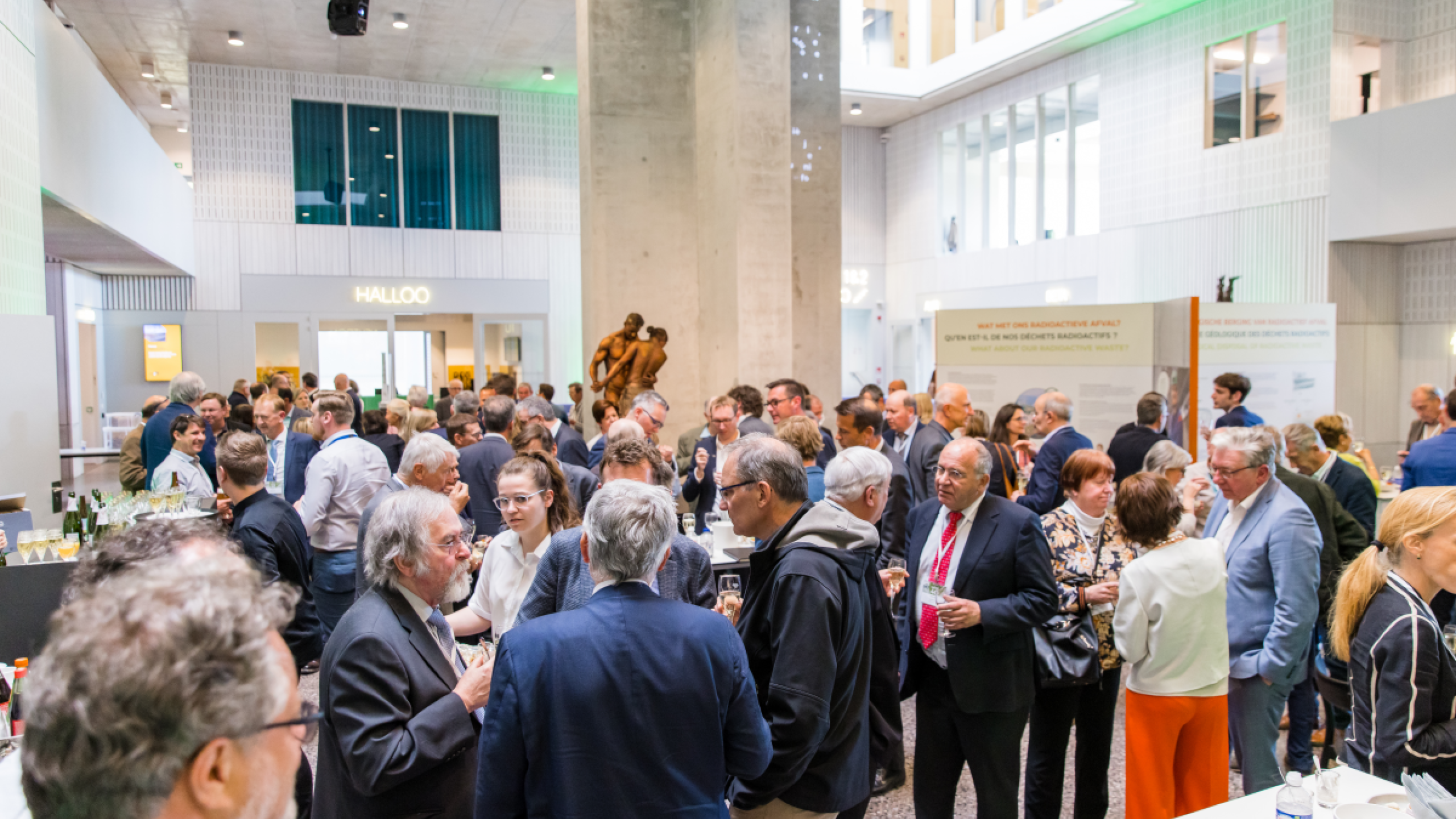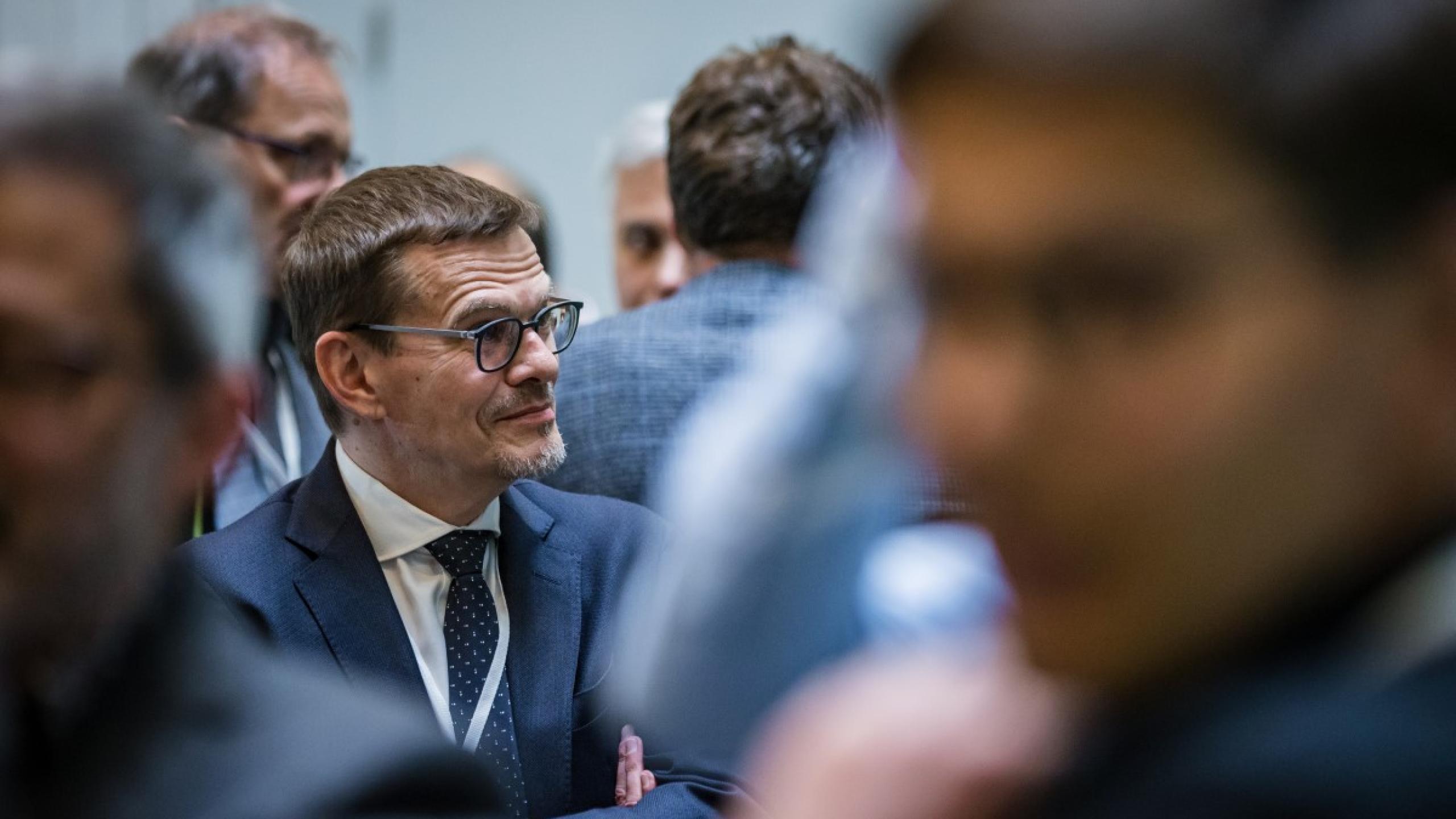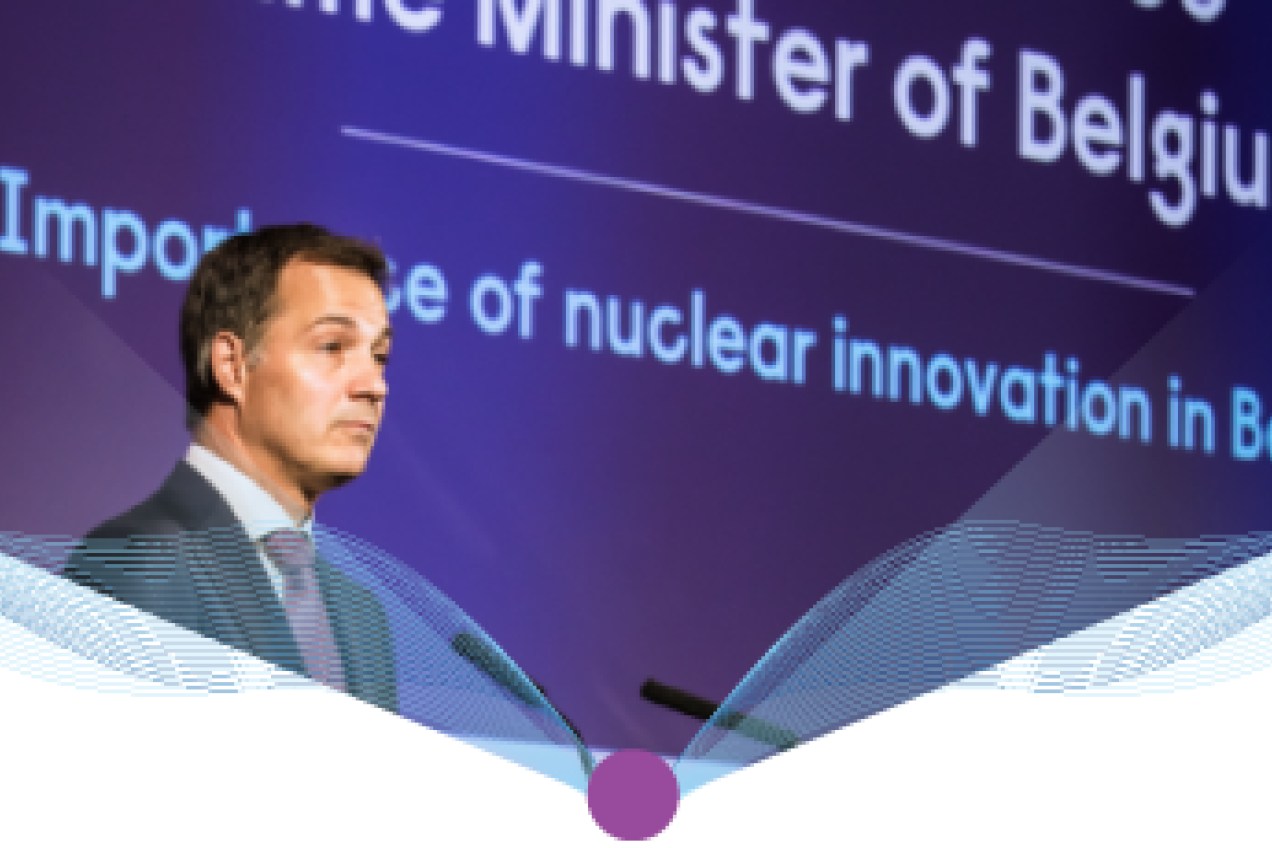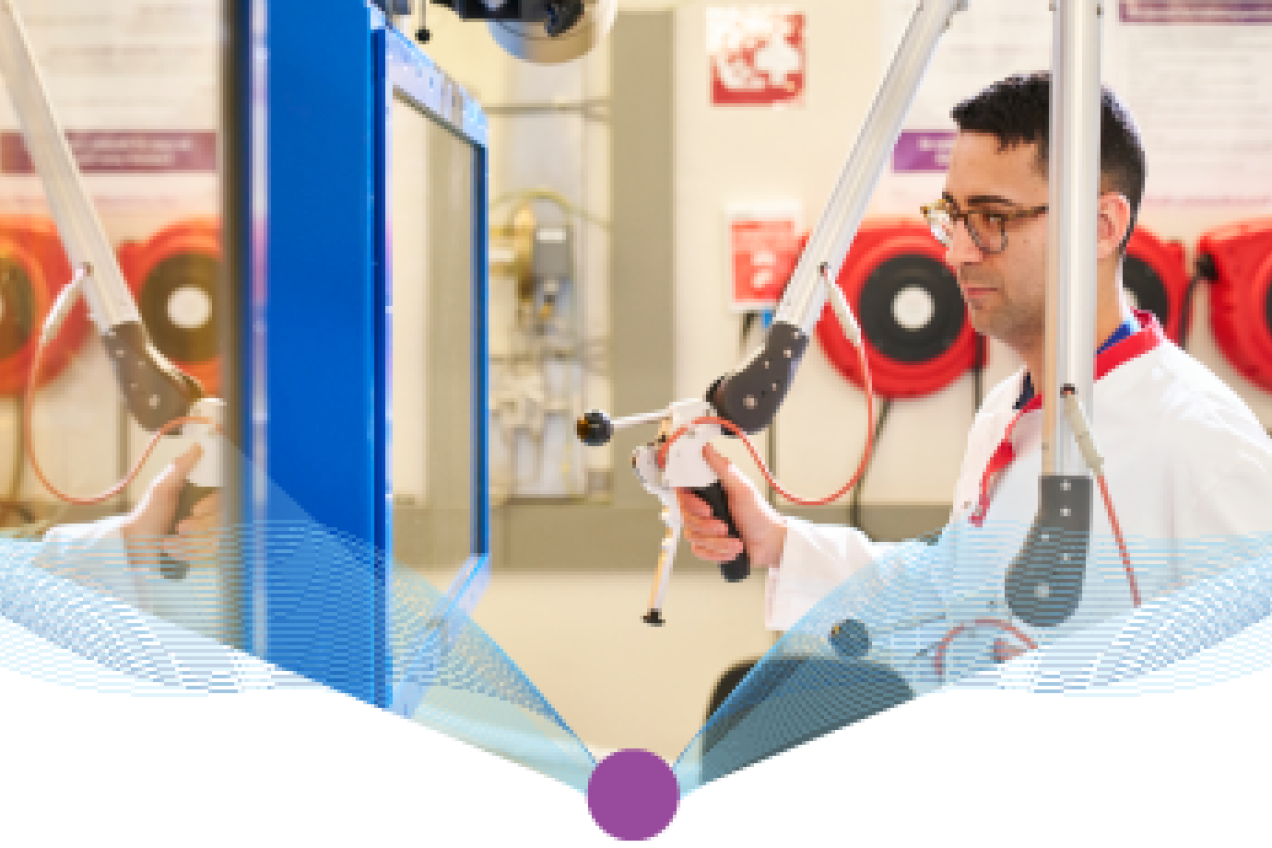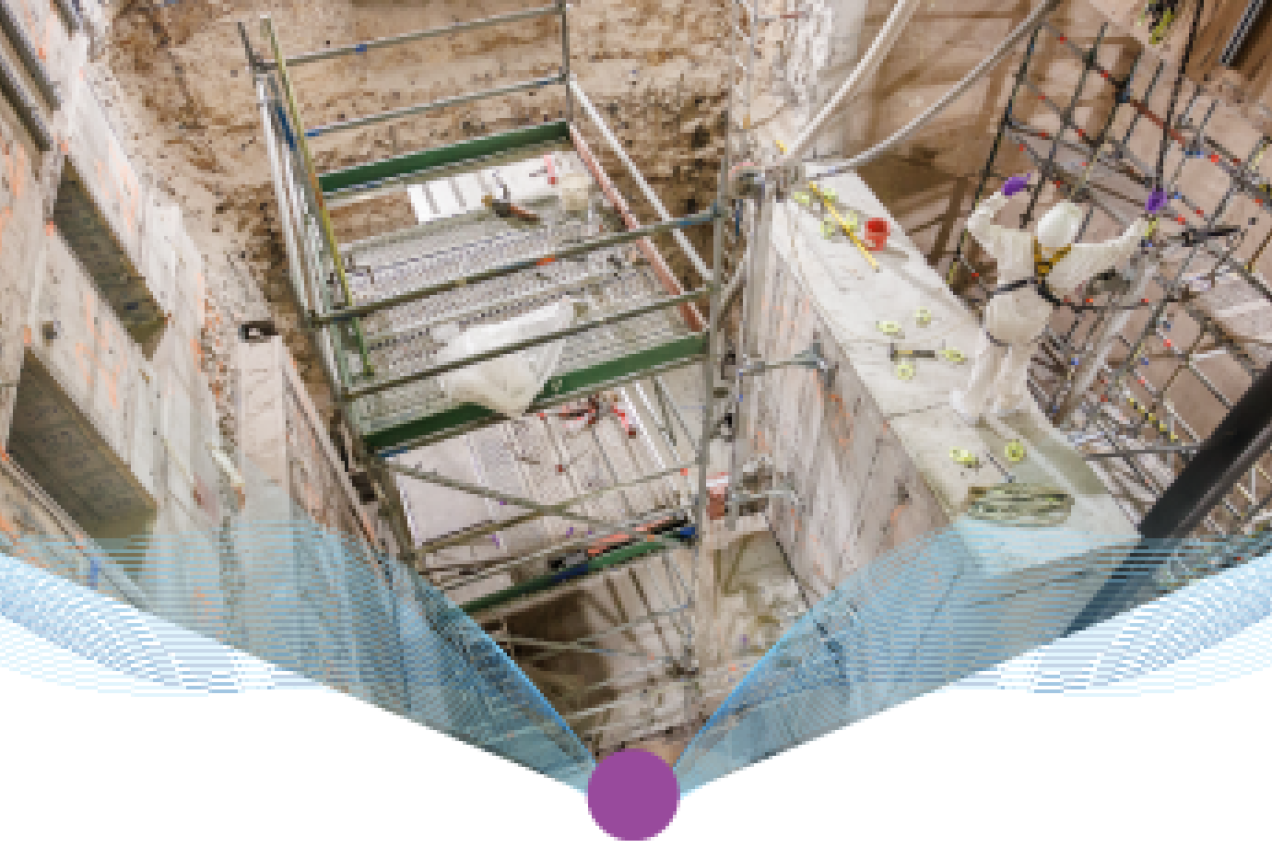'Our research charts the route to a real deep geological repository'
HADES: 40 years of research into geological disposal
In 2022, SCK CEN and ONDRAF/NIRAS celebrated four decades of research at HADES, where geological disposal in poorly indurated clay in Belgium has been investigated. This research establishes a robust scientific basis for the geological disposal of highly radioactive and long-lived waste. Together with all those involved, ranging from scientists to policymakers, SCK CEN and ONDRAF/NIRAS decided to highlight the results of their research in the jubilee year. "Thanks to the knowledge acquired, Belgium is ready to take the next steps towards establishing a real deep geological repository.”
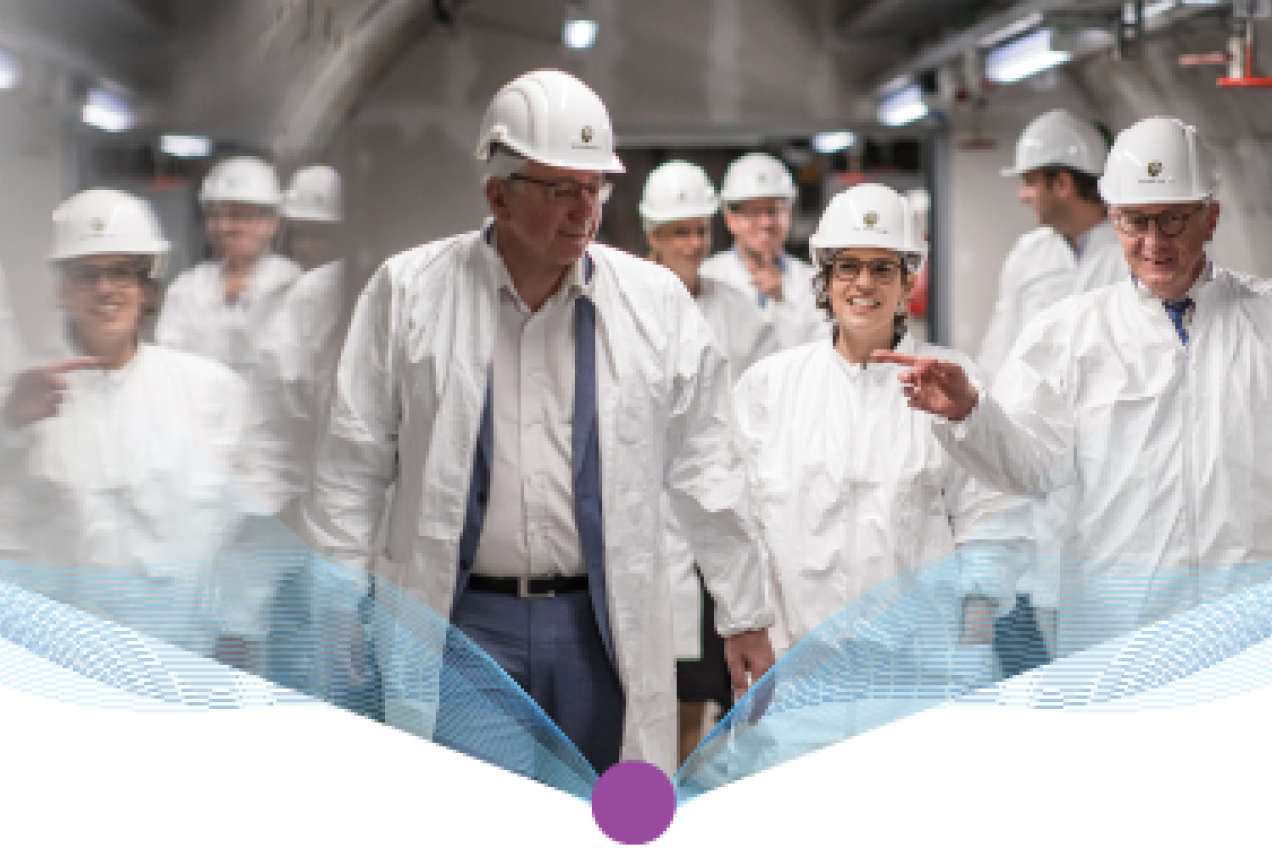
In October 2022, the Belgian government took the decision in principle that the country’s high-level and long-lived nuclear waste should be disposed of in a suitable geological stratum deep underground. The government based its decision on the valued insights of more than 40 years of research at HADES, the underground laboratory.
Safe and feasible
The HADES research facility is managed by ESV EURIDICE, a partnership between SCK CEN and ONDRAF/NIRAS. The anniversary year of 2022 therefore deserved some special retrospectives and previews. "In 1982, we built the world's first underground laboratory to study geological disposal in clay under real conditions," says Peter De Preter, Director of ESV EURIDICE. “40 years of research led us to conclude that geological disposal is a safe and feasible solution. It's feasible in the sense that we’ve got the industrial technology necessary to excavate such a repository. The geological disposal processes that ensure waste is safely contained and isolated, both now and for future generations, are well known to us. Further research will enhance and deepen that know-how."
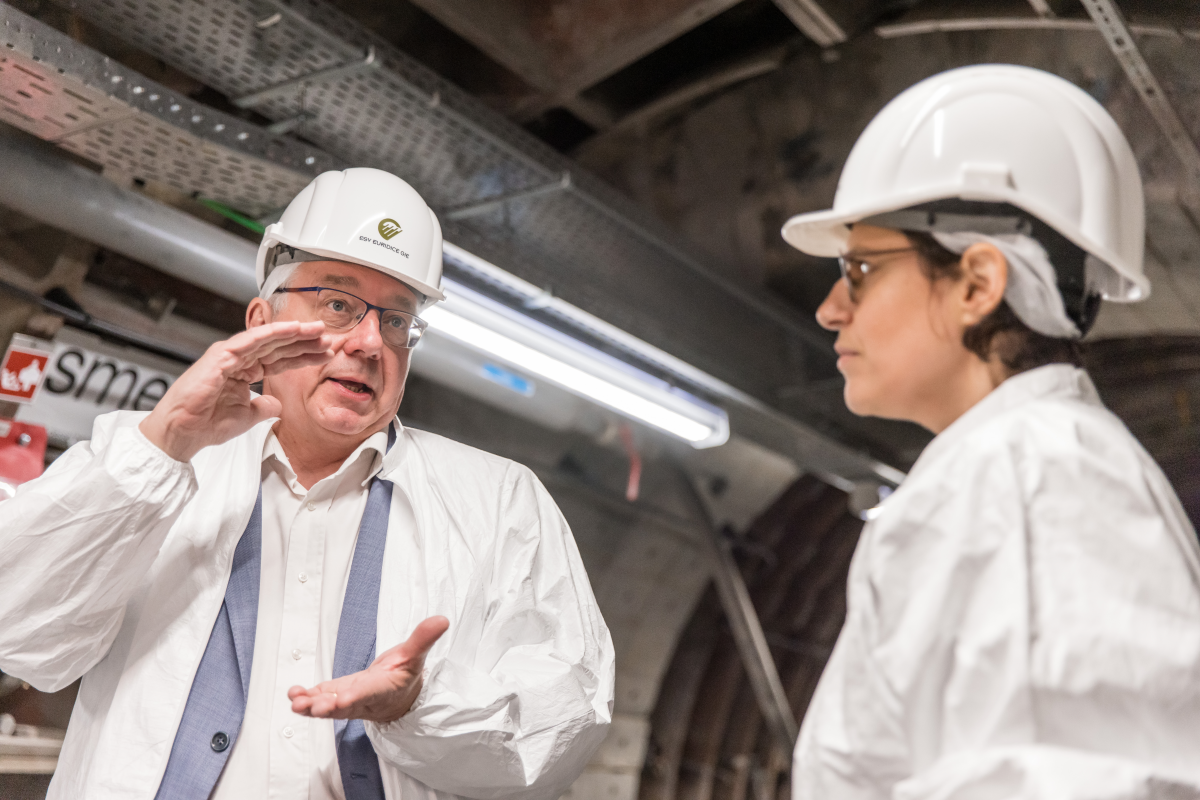
Mapping 40 years of knowledge
In 2022, the HADES team reflected upon the wealth of knowledge that researchers had acquired in the Boom Clay at a depth of 225 metres. ESV EURIDICE researcher Mieke De Craen says that their research field is very broad. “As the world’s first underground laboratory in clay, we've carried out pioneering work. We've experimented with different excavation techniques and different types of material for the gallery wall, conducted numerous experiments, and identified the behaviour and properties of the clay. We've outlined the key insights from our research in scientific publications, and promptly shared them at scientific events."
International pioneers
EURIDICE organised two events in 2022, one in the Spring and the other in the Autumn. They drew interested parties from every corner, ranging from policymakers and politicians to geologists and fellow scientists. According to Peter De Preter, "At the first event, Belgian politicians such as Pierre-Yves Dermagne, Deputy Prime Minister and Minister of Economy and Employment, and Tinne Van der Straeten, Minister of Energy, among others, showed their appreciation for our years of research. At the second meeting, my overriding memory is that external experts endorsed our research as a solid scientific foundation for geological disposal as a national solution for radioactive waste. We owe this to the partnerships we established and our underground laboratory HADES, the cradle of Belgian research into geological disposal. To complement the events, we launched a four-part podcast called HADES40, which is available on our website."
The future
Even after 40 years, the HADES research facility is still facing multiple challenges, which will now be more orientated towards practical issues. How do we refine the design of the repository on the basis of the expertise we've already acquired and will continue to expand in the future? How do we monitor the deep geological repository in detail from Earth’s surface, both now and in the distant future? How do we seal the repository once it’s full? "In the coming years, our research will increasingly turn to the process of choosing a location and creating a real repository," says Mieke De Craen. "In addition, there are some ongoing projects designed to provide an additional broad scientific basis for geological disposal. These include the PRACLAY experiment, a large-scale heating experiment that has been running since 2014, and the recently launched NEMESIS gas experiment.” In the context of this experiment, ESV EURIDICE will inject gas into the clay layer to study if biological processes remove the gas and prevent it from accumulating locally. This is important, because gas formation could put a layer of clay under pressure.
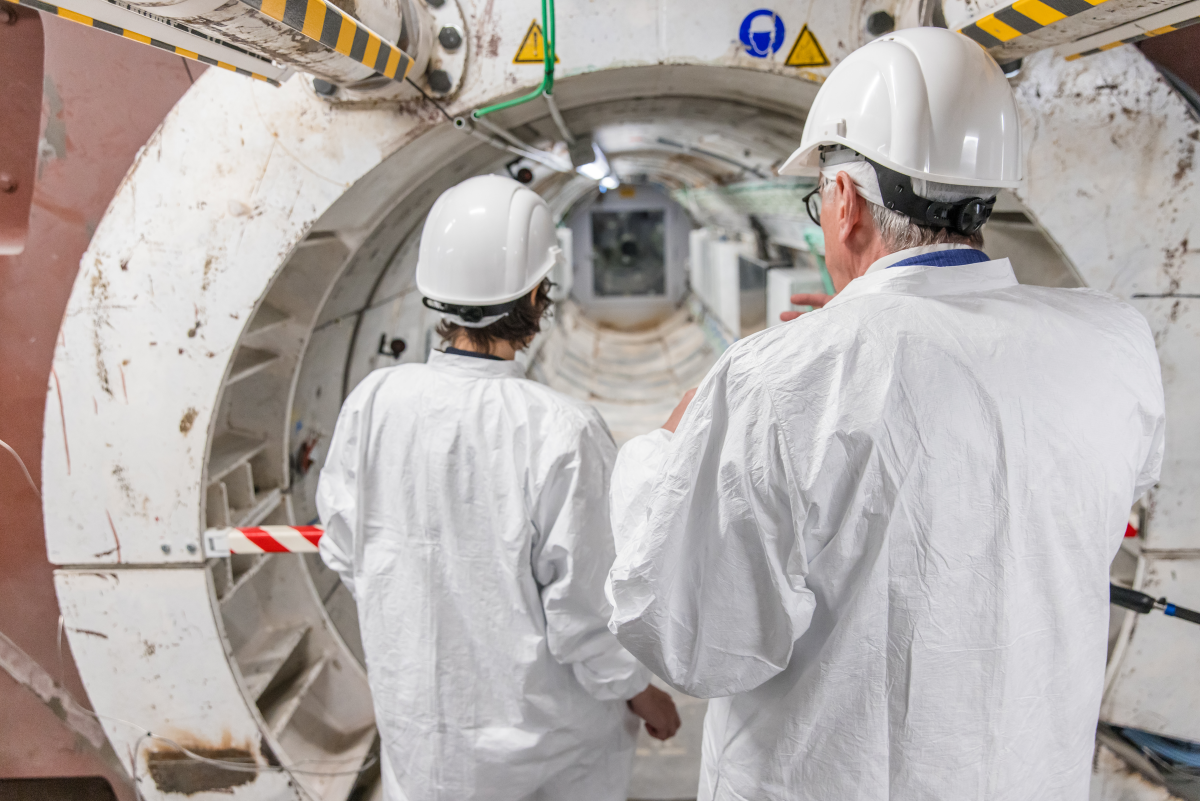
PRACLAY
The large-scale PRACLAY project is examining the effect of the heat produced by high-level waste on the deep clay layer and on the gallery wall. Peter De Preter explains, "We built a side gallery with a heating installation some years ago in HADES. It was sealed off in 2011. Since 2014, we've been testing heating up to 80°C in this area, specifically at the point where the gallery wall and the clay meet. We're preparing for the planned cooling and dismantling of the experiment by 2025. This experiment is providing valuable insights into how the disposal system reacts under thermal load. With ambitious experiments such as PRACLAY, we’re helping make tangible progress towards deep geological disposal."
